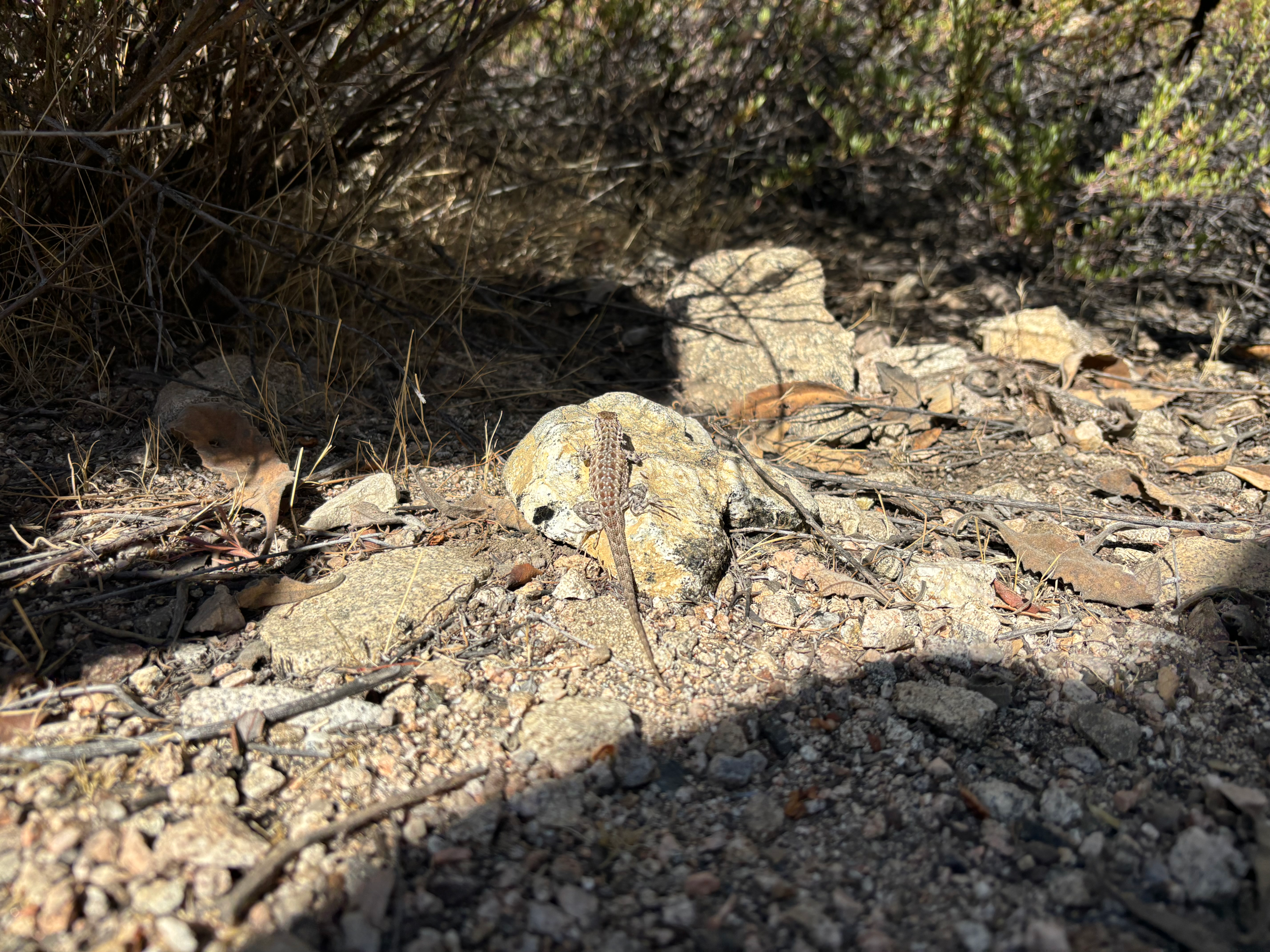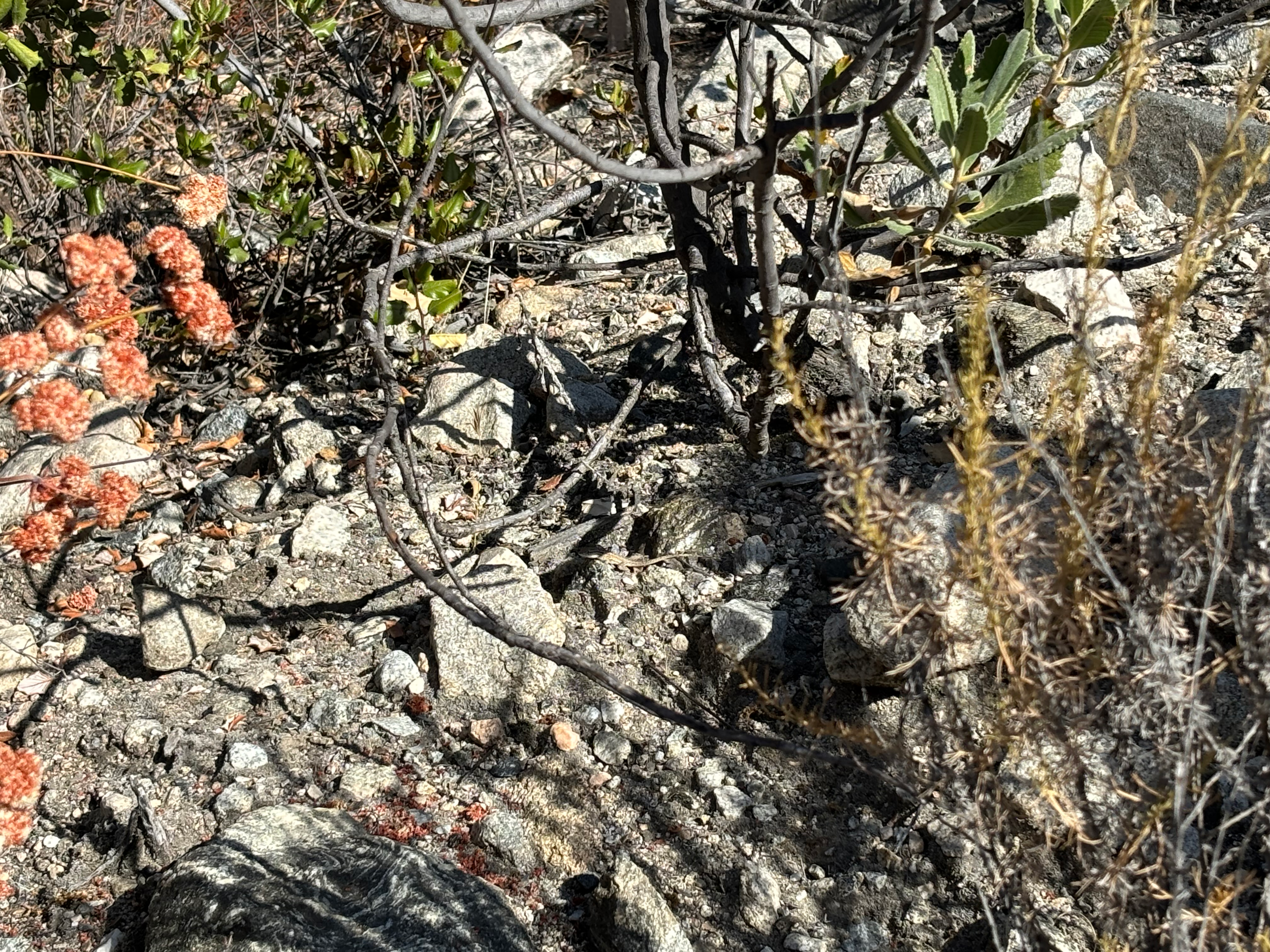We Influence Side-Blotched Lizards’ Reproductive Choices
You know the Forest Gump quote… “ Life is like a box of chocolates, you never know what you’re going to get” yea that one. Sometimes it feels like life is stuffing a bunch of chocolates down your throat and you don’t always like the flavors. Obstacles and other events in life impact our choices and especially so when it comes to reproduction.
This holds true for lizards like the side-blotched lizard, Uta stansburiana as well.
As we humans continue to change landscapes globally, its important to know the impact this has on other species. Hopefully with this knowledge, we can make better decisions about how we care for the Earth.
Smith et al was particularly interested in our impacts on side-blotched lizards. Over the course of 6 years they studied almost 1000 lizards from 6 locations in Utah. Some study sites were more urban seeing a lot of human foot traffic, cars, and construction. While other sites were more rural and lizards saw significantly less humans.
When they caught the lizards, they took blood samples to assess immune function and stress physiology. They also examined follicle size and clutch size in females.
They found that individual and environmental conditions impacted reproductive investment. Lizards in the rural habitats had more successful reproduction in rainier years than the urban populations.
More rain = more food + better habitat = more reproduction effort.
The rural lizards may have had such a higher increase in reproduction effort than their urban counter parts because human water use provided urban lizards with more water on a regular basis (think watering lawns and golf courses). However, rural lizards did not suffer more than urban lizards during dry years. So access to water from humans can’t fully explain why urban lizards do not see an increase in reproductive effort during rainier years.
There’s always more research to be done but something we do know is that we all must do what we can to preserve our ecosystems and our species.
Can you #FindThatLizard?
Let me know with #FoundThatLizard in the comments below!


